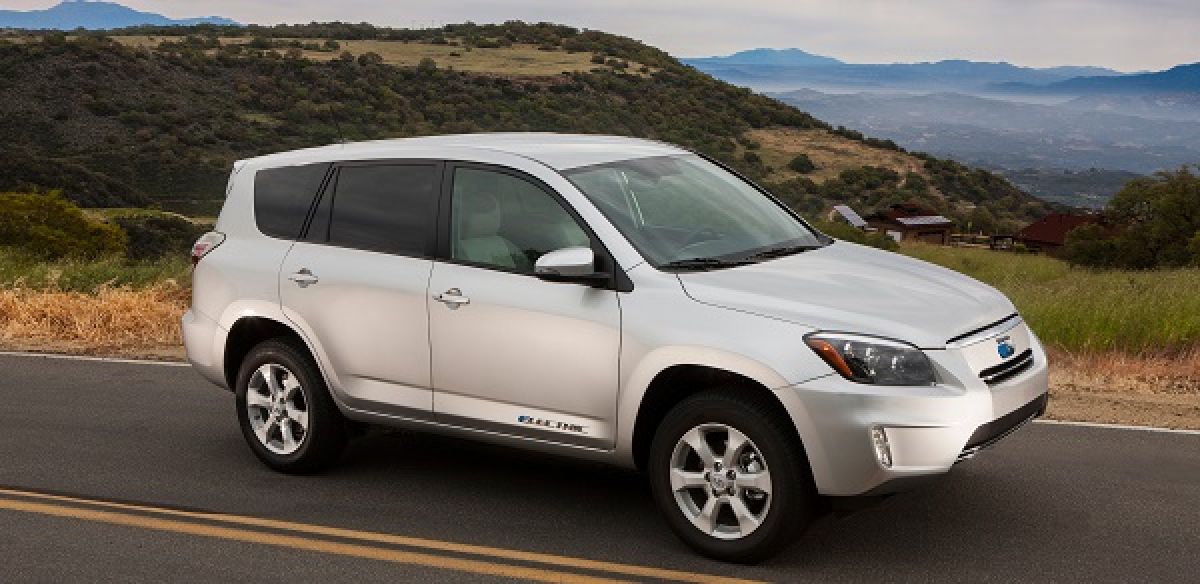Affordable electric vehicle registrations in are down as a percentage of overall new car registrations almost everywhere in the US this year. The reasons why offered by EV advocates are usually “Gas is cheap” and “Gas is Cheap.” Yes, redundant, but the truth is there may be many more reasons. One could be that a recent Harris poll found that 94% of American car owners plan to take road trips totaling more than 100 miles this summer. 68% say they will take one or more road trips adding up to 500 miles. 42% will drive more than 1,000 miles on trips. 71% of Americans with cars polled say they will take at least one road trip and 82% of those taking a road trip will do so with children.
No discussion of electric vehicle adoption can ever be complete without an EV advocate pointing out that “On average most American’s don’t drive more than 40 miles per day.” This number is easy to believe, and it is also easy to understand how it was calculated. Let’s say that Americans drive on average 14,600 miles per year. It sounds a little high to us, but let’s use it because it is conservative and supports the EV adoption argument. Now divide that by the number of days in a year and you get 40. So on average, Americans drive 40 miles per day. The problem is that many Americans don’t buy a car to handle their average circumstances, but rather, the most extreme combination of their needs.
We all know the neighbor that has a Ford Expedition she drives everyplace she goes. She burns tanker-truck loads of fuel to go to work, take her family to church and drive to the supermarket when she could be using a Ford Focus Electric to achieve the same tasks. She’s crazy, right? Maybe not. She also tows her boat two times per year to her vacation home, hauls lumber and other materials home from the Home Depot a handful of times per year and she drives 550 miles once a year to visit her extended family who lives far away.
In many states, one’s insurance policy basically doubles if one has two vehicles. Here in rural new England $750 to $1200 is typically the cost to insure a vehicle, even if that vehicle is used less than 5,000 miles per year. The multi-car discount and the low mileage discount are only about 5% of the total policy cost. Then there is depreciation. A vehicle with extremely low miles does retain its value somewhat better than a vehicle with average or above average miles, but the difference is minor. Let’s say that the devaluation in the second car is only $2,000 per year. The upshot of this is that keeping the fuel efficient car is not a good investment. Even gas guzzlers don’t use $3K more per year in fuel than fuel efficient vehicles.
Another argument is that our homeowner could simply rent a truck when she needed to do those unusual things. That is somewhat valid. In fact, most Home Depot stores have a truck for rentals. However, counting on a rental truck to tow one's boat at the start and end of summer is a little more dicey. And who wants to take a rental with unknown reliability on a long road trip with kids?
EVs are not increasing as a percentage of our fleet despite massive subsidies. The fact is that 94 percent of Americans make trips each year they don't view as practical in an electric vehicle. Until EVs are both affordable and able to carry all our family vacation gear long distances without stopping, many Americans will continue to see EVs a novelties “for someone else.”






Comments
How ya doing John? You've
Permalink
How ya doing John? You've made some good observations here. However, you may wish to check your article format just a bit. somethings glitchy. Take care.
You should also calculate how
Permalink
You should also calculate how much money she would save buying electricity for local trips instead of buying tankers worth of gasoline. I've seen many say that they've paid for their EV's with the money they saved.
Another option is hiring a trucker to take the boat. That enables a smaller rental or if there are charging stations along the way and at the destination, would enable the EV.
A third option would be a Volt. Electric local trips and gas for extended ones.
Side note, 2nd paragraph, "number of days in a year and you will 40." Should be "get 40".
Thanks folks. Got to those
Permalink
Thanks folks. Got to those issues as soon as I could. Great comments.